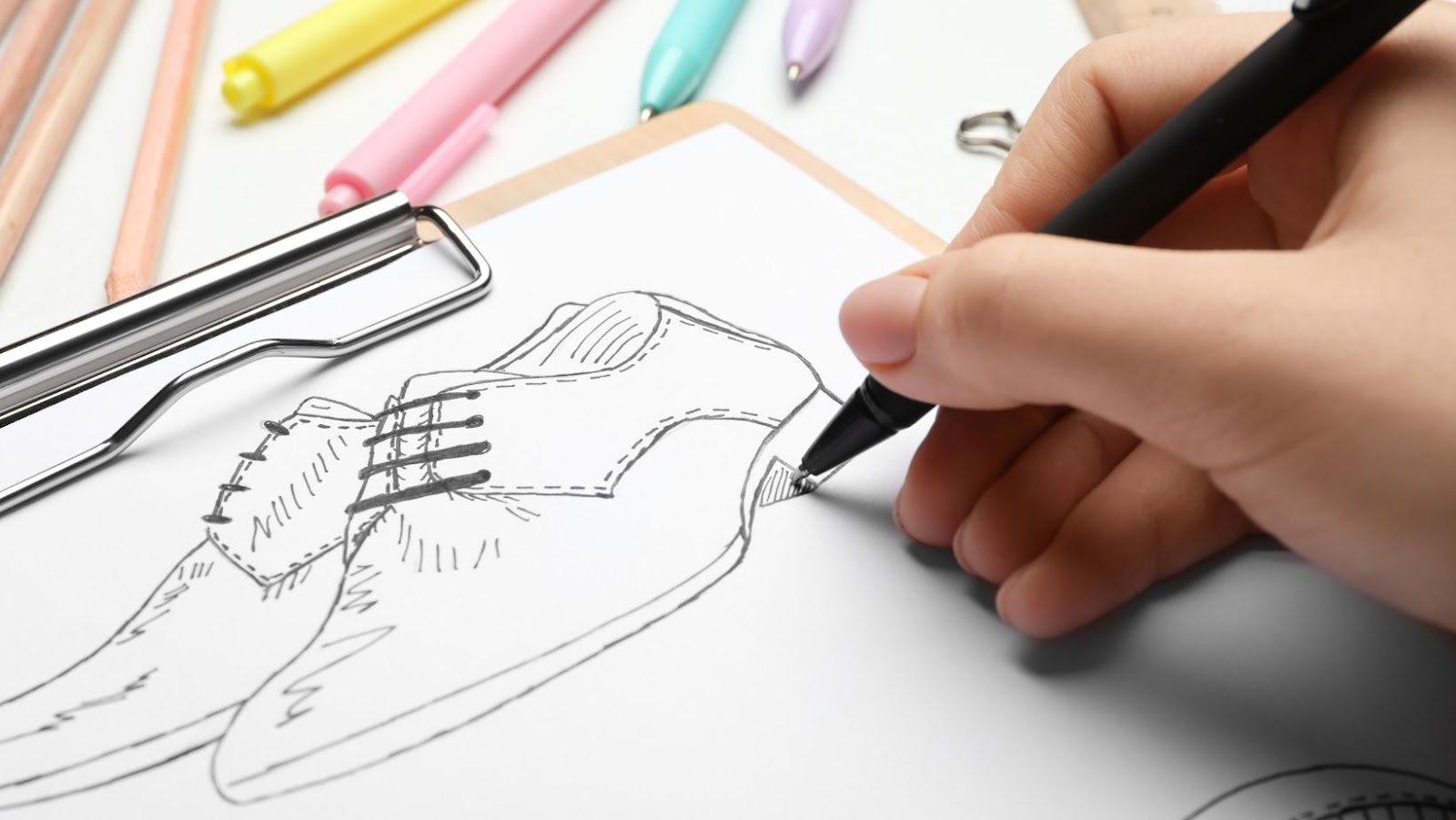Thrive in Art, Fashion, or Design: Skills & Qualifications Essential for Success
Art, Fashion, or Design Jobs
In the vibrant sectors of art, fashion, and design, job opportunities are as diverse as they are inspiring. These fields invite individuals to turn their creative visions into exciting career paths, where innovation and aesthetics collide to form fulfilling professions. Whether it’s conceptualizing breathtaking art pieces, crafting the next trend in fashion, or transforming spaces and products with innovative design, the possibilities are endless.
Art jobs encompass a wide range of roles, from traditional artists and sculptors to digital illustrators and art directors. These positions not only require a keen sense of aesthetics but also a commitment to pushing the boundaries of conventional art. Similarly, fashion jobs offer a spectrum of opportunities including fashion designers, stylists, and merchandisers, where an understanding of trends and consumer desires is key.
 Why Pursue a Career in Art, Fashion, or Design?
Why Pursue a Career in Art, Fashion, or Design?
Creativity and Innovation
At the core of art, fashion, or design jobs lies the unending quest for creativity and innovation. These professions thrive on the ability to see the world differently, proposing new ways to interpret and shape our environment. Individuals in these fields are often at the forefront of trends, not just following them but setting them. They blend aesthetics, functionality, and technology to create works that resonate with people, evoke emotions, and sometimes even challenge societal norms. The drive to innovate keeps these careers endlessly fascinating, ensuring that no two days are ever the same.
- Artists use various mediums to express thoughts, feelings, and narratives.
- Fashion designers forecast trends and tailor unique styles that define eras.
- Designers (graphic, interior, industrial, etc.) solve problems with creative solutions that improve user experience.
Diverse Job Opportunities
The variety of art, fashion, or design jobs available illustrates the vast scope of opportunities in these fields. From traditional roles like painters, sculptors, and couturiers to modern positions such as digital illustrators, user-experience designers, and sustainable fashion consultants, the spectrum is broad. Each role leverages creativity and innovation in different ways, ensuring that every creative mind finds its nich. Moreover, the evolution of technology and the global marketplace has expanded these opportunities further. Remote work, freelance projects, and entrepreneurship offer flexibility and the chance for individuals to carve their own paths within these creative industries. Whether it’s launching a fashion line or offering design consulting services, there’s room for growth and personal expression.
Qualifications and Skills Needed
Embarking on a career in art, fashion, or design demands a unique blend of qualifications and skills. Individuals need to harness both their creativity and technical abilities to thrive in these dynamic fields. This section delves into the essential education requirements, technical skills, and soft skills vital for success in art, fashion, or design jobs.
Education Requirements
While talent plays a significant role, formal education can be a crucial step towards a career in art, fashion, or design. Many employers look for candidates with at least a bachelor’s degree in relevant fields such as fine arts, fashion design, graphic design, or interior design. These programs offer students a comprehensive understanding of the industry’s historical context, current trends, and future direction. They also provide practical experience through projects, internships, and portfolio development, which are invaluable for job seekers.
- Bachelor’s Degree: Essential for most design roles.
- Technical Courses: Beneficial for specialized skills, such as CAD software.
- Internships: Offer practical experience and networking opportunities.
Technical Skills
In the world of art, fashion, and design, technical skills are as crucial as creativity. These skills allow professionals to bring their visions to life, whether through a stunning garment, a captivating graphic design, or an innovative product design.
- Digital Proficiency: Understanding and mastery of design software like Adobe Creative Suite.
- Drawing and Sketching: Fundamental for conceptualizing and communicating ideas.
- Knowledge of Materials: Essential for selecting the right materials for projects.
- Technical Drawing: Important for fashion and industrial design for conveying exact specifications.
Soft Skills
Beyond technical prowess, soft skills play a pivotal role in art, fashion, or design careers. These encompass:
- Creativity and Innovation: The bedrock of any art, fashion, or design role, pushing boundaries and envisioning new possibilities.
- Collaboration: Many projects involve teamwork, requiring effective communication and coordination with others.
- Time Management: Essential for meeting deadlines and managing multiple projects.
- Adaptability: The industry is fast-paced, requiring individuals to adapt to new trends and client needs swiftly.